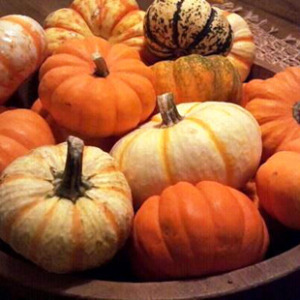No Neonics: Three Easy Ways to Help
Protecting Yourself and Creatures from Pesticides
by Sandy Swegel
Just a moment to be serious now. Spring has arrived and stores are filling with bedding plants and seeds. At the same time, homeowners are noticing all the weeds in yards and some still go out to buy weed killer.
There are three easy quick things you can do that make a difference to help protect bees and yourself from the “neonic” pesticides.
Learn One Name
Imidacloprid
That’s the neonic most likely in retail products. If you’re an overachiever, the other names are Clothianidin, Thiamethoxam, Acetamiprid, Dinotefuran. These are ingredients in weed killers, especially products marked Bayer or with names like Systemic or Max. Just check your labels and don’t buy these.
Watch For the Label
Customer pressure led Home Depot and Lowe’s last year to agree to put labels on all plants treated with neonics. The label is deceptive….makes it sound like neonics are better…but watch for the label.
Ask Your Retailer
There’s no government regulation (Alas!) that says neonics have to be labeled. The best thing you can do is ask at the garden center if the plants you are buying have been treated with neonics. If they don’t know…then you can probably assume the plants have been sprayed. The treatments can last up to two months in your garden…making your pretty flowers potentially lethal to bees that land on them.
Every time you ask a garden center employee or a grower if their plants have been treated with neonics, you are educating them. That’s what we are after. Nobody really wants to harm bees or the environment. Two years ago when I asked a major grower here in the Denver area if they used neonics, the owner looked at me like I was some crazy Boulder liberal. Which of course I am. He said, “Bah humbug, there’s no way to grow plants without neonics.” But last week, his greenhouse (Welby) had an open house in which they proudly said that most of their plants were grown without neonics and they were continuing to work on how to get neonic-free.
Oh, and of course there’s a fourth thing to do to help the bees. Grow your own plants from good non-pesticide treated, non-GMO, often organic, often heirloom, always neonic-free seeds like ours!
For lots of info on neonics in consumer products, you can read this pdf put out by Xerces.
http://www.xerces.org/wp-content/uploads/2013/06/NeonicsInYourGarden.pdf
Photo Credit
http://ecowatch.com/2015/02/10/global-ban-bee-killing-neonics/



